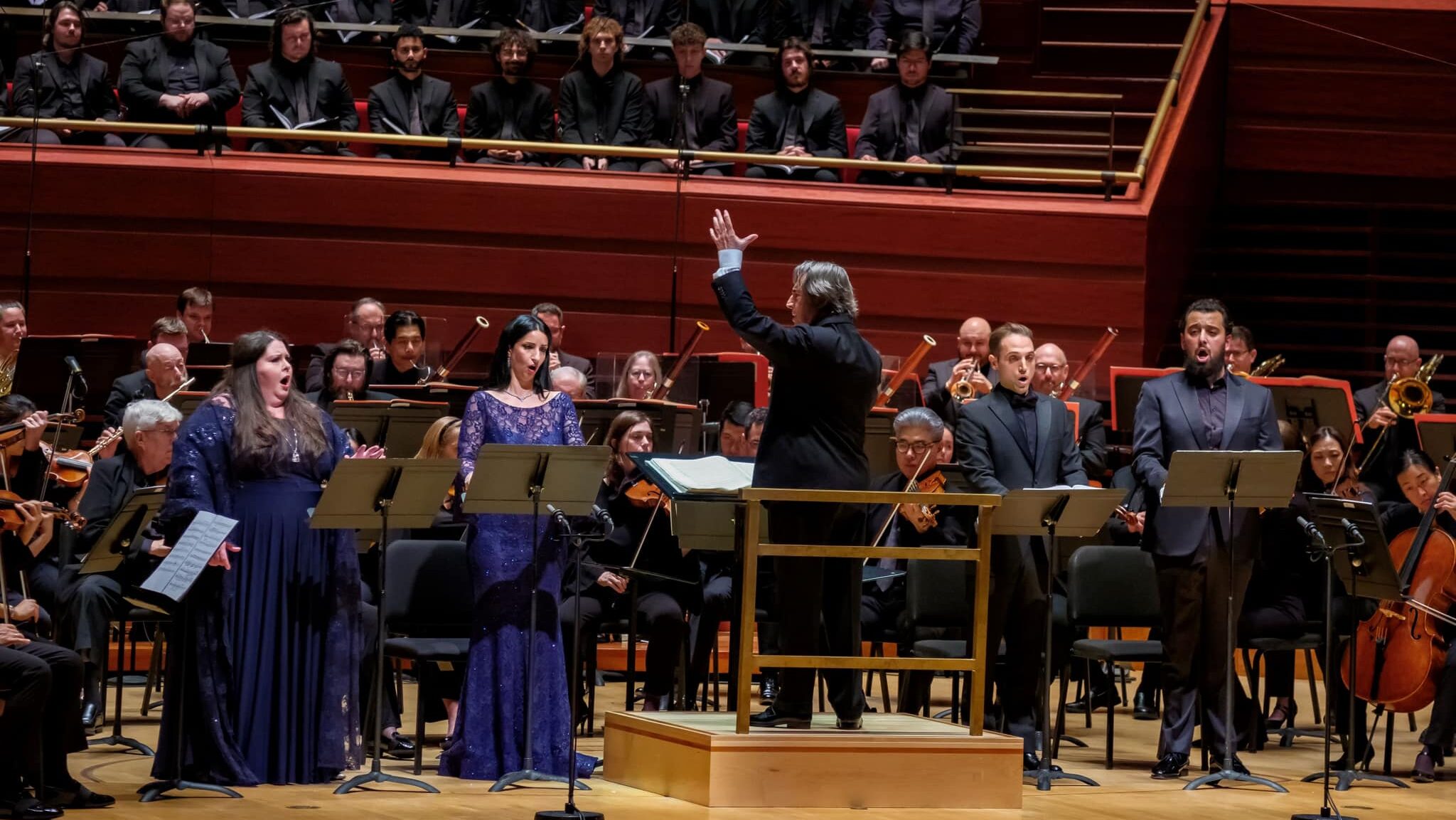
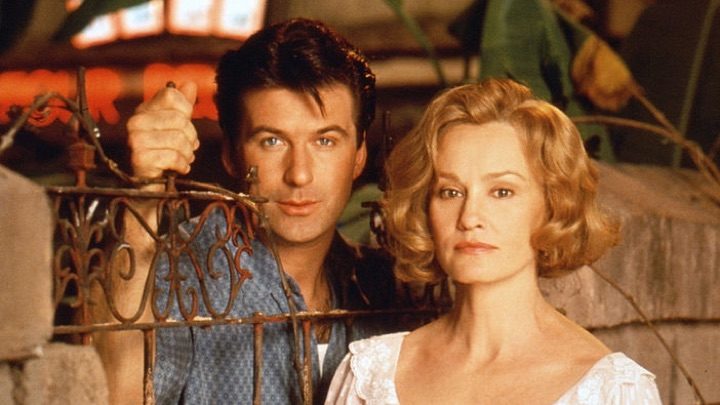
Cameron Kelsall: It also looks undeniably like a television movie filmed in the 1990s, even as it tries to suggest an earlier era. The Ann-Margret/Treat Williams version, though just a decade older, managed to capture the period a little more precisely, even though it has its own issues in terms of anachronism. (Mainly the costumes and the music, in that case.) Really—the original film has an unfair advantage being shot in black-and-white, which suggests the duskiness and obfuscation embedded in Williams’ stage directions, almost inadvertently. The opening scene is lit for high-noon rather than first evening, but that’s only one of the several elements that set this adaptation, successful elsewhere, off on the wrong foot. There’s the heavy foreshadowing of the old Mexican woman, hawking her flores para los muertos, right from the start, signaling Blanche’s demise. There’s Lange stepping into the frame for the first time from a hazy cloud of smoke, as if Blanche were a film-noir femme fatale rather than a tragic figure.
DF: I agree about the various missteps. You and I will consider the famous film next, but I think it’s reasonable here to say that, great as it is, the cuts and censorship are harmful. Really, this is the version that—as an adaptation, at least—out to be definitive: apart from a few swear words that were softened for TV, it’s a fairly complete text, and considerable resources were given over to it. But somehow it doesn’t click, at least not reliably. I have to say that for me, Lange is part of the problem—and it’s a different problem from what I saw onstage. There, she was doing all the right things, but the performance simply didn’t project into the theater—a friend of mine uses the phrase “private acting,” and that’s what I felt. Here, it’s almost the opposite—I see every choice and objective etched in detail. Again, she clearly knows what she’s doing—Lange is an exceptionally thoughtful actress—but I find it fussy and stagey.
CK: There are elements of Lange’s performance that I think work better than almost anyone else on film, with the exception of Vivien Leigh. She’s appropriately genteel in the early scenes, and slightly meek, so that Stanley’s provocations feel unfair and jarring. Her refined air also makes the scene with the Young Collector seem as shocking as it should. (I actually felt a jolt when Blanche says, “You make my mouth water.”) In the final scene, too, I appreciated that Lange retained a shred of dignity as she left Stanley and Stella’s flat. But then the camera lingers on Blanche in the backseat of the doctor’s car, and her face falls—the sad realization of her future finally sets in. Elsewhere, though, Lange is too febrile, and her descent into madness too rapid. I wish I had seen her onstage in order to make a fuller comparison—and I wish I’d seen her onstage opposite Baldwin, so praised then, who seems completely out of his depth here.
DF: Sadly, I have to agree about Baldwin here, and really—I can’t explain it. Seeing him on Broadway in Streetcar was my first experience of him as a stage actor, and he really had a level of power and command I didn’t expect. It was definitely an out-of-the-box Stanley: Baldwin really played it for a kind of Bronx-y humor, with no hint at all of Southerness—but he did carry the needed feeling of menace. Here, that danger is largely missing, and the comedy has tipped too far—he could be Kenickie in Grease. I’d say it’s a similar problem here with John Goodman (who, by the way, is new to the film version). It may not be his fault, but rather that he carries the baggage of so many familiar performances in other things, but for me he just doesn’t capture Mitch’s pathos.
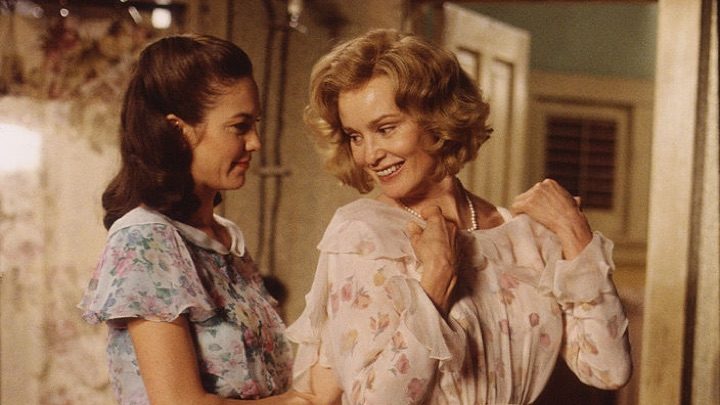
DF: For me, too, Lane is the real revelation of this version. Williams’ writing has always made it clear that Stella’s sexual attraction to Stanley is deep and, in a sense, overriding her more rational side, but few Stellas in my experience have suggested it as fully and multi-dimensionally as Lane. There’s a wonderful moment in this film where Stanley (as is his want) “clears the table” by sweeping things off in a moment of rage… but here, it’s followed by Lane’s Stella doing something very similar. She’s fully embraced the hot-bloodedness of life with Stanley Kowalski in all its complexity.
CK: I also think you’d be hard-pressed to find a better Steve and Eunice than Fred Coffin and Rondi Reed. As we’ve said already, this adaptation has so much going for it, it’s a real shame that the whole is somewhat less than the sum of its parts.
DF: Speaking of Steve and Eunice, the stage version of this production certainly had a distinction in the actors cast in those two roles, who were then really at the beginning of their careers: James Gandolfini and Aida Turturro. I wish I could say I remembered them more vividly. Gandolfini was also the cover for Mitch, and I wonder if he ever went on?
CK: It’s easy to imagine, had this film version been made a few years later, that Gandolfini—by then well known for his work as Tony Soprano—might have played Mitch instead of Goodman. He certainly seems more right for the part than the actor he was covering, Timothy Carhart, whose resume is mostly television guest appearances. Oh well—the nature of live theater, such as it is, is that we’ll never really know what a Gandolfini Mitch might have looked like.
DF: That Broadway revival—much heralded in theory, and a tough ticket to get because of its stars—was disappointing generally, with Gregory Mosher not really finding the right tone either. Difficult as it is to find four actors who, individually and as an ensemble, are up to the play’s demands, I’d say an even bigger challenge is the right director. The 1951 film, of course, has the legendary original: Elia Kazan. Stay tuned, since that will be our next exploration.
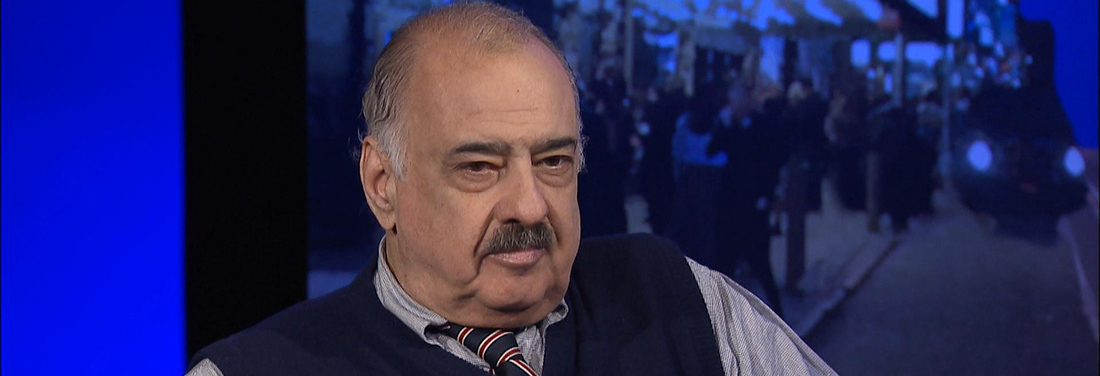
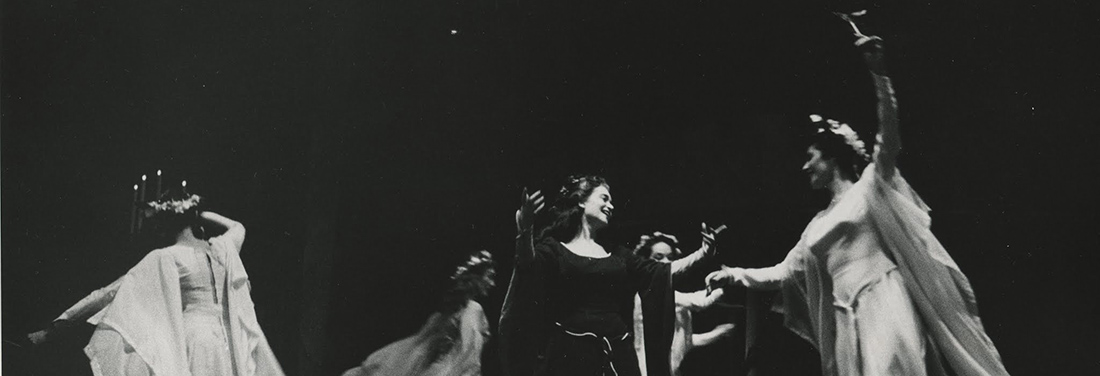
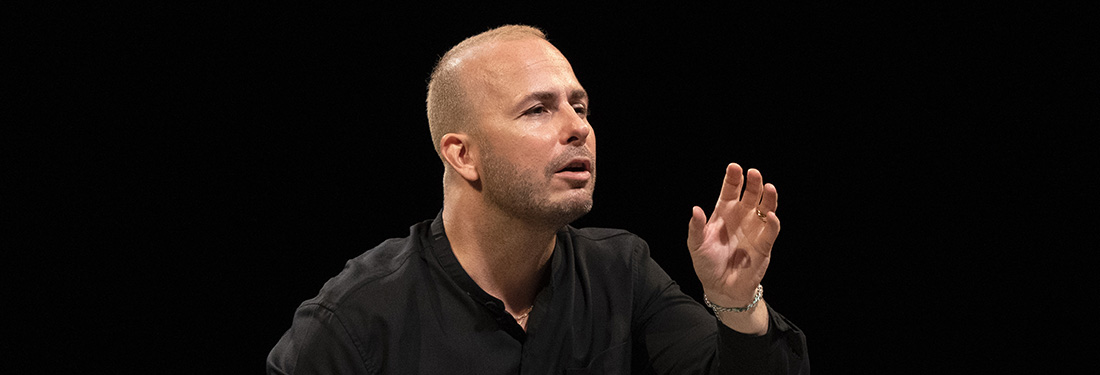
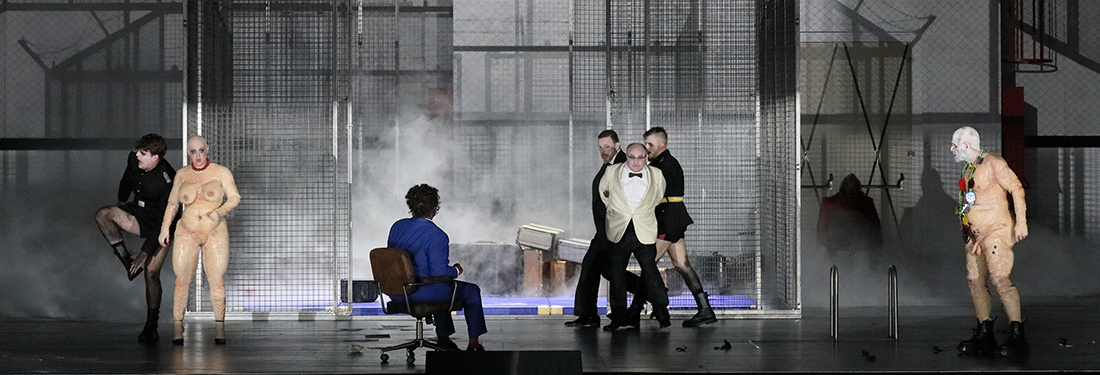

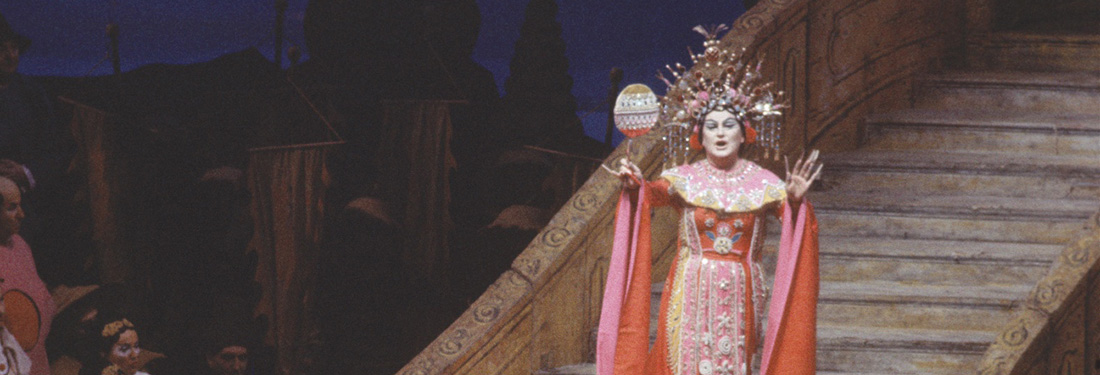

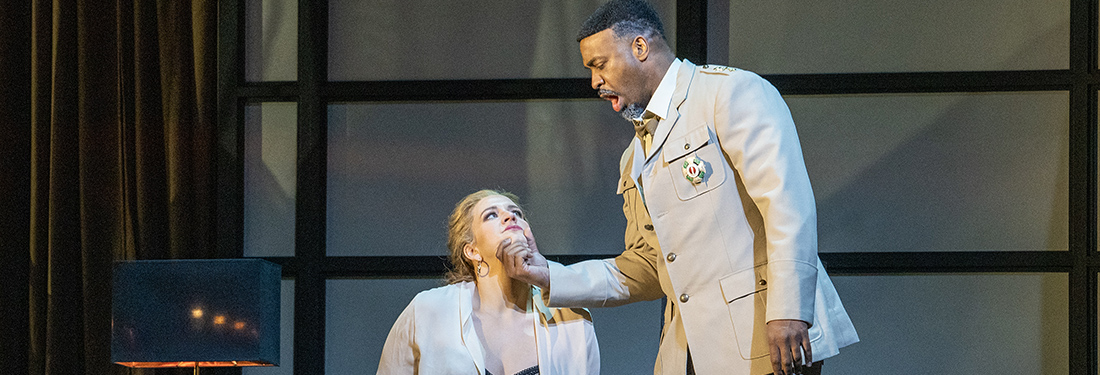

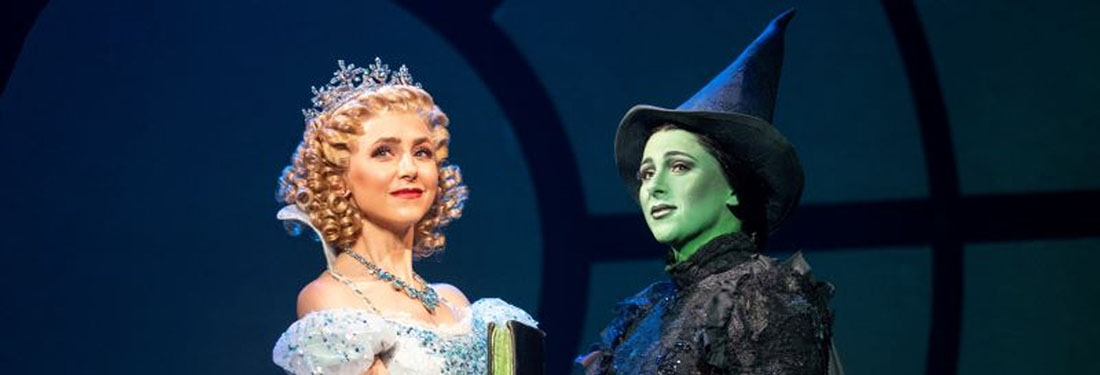
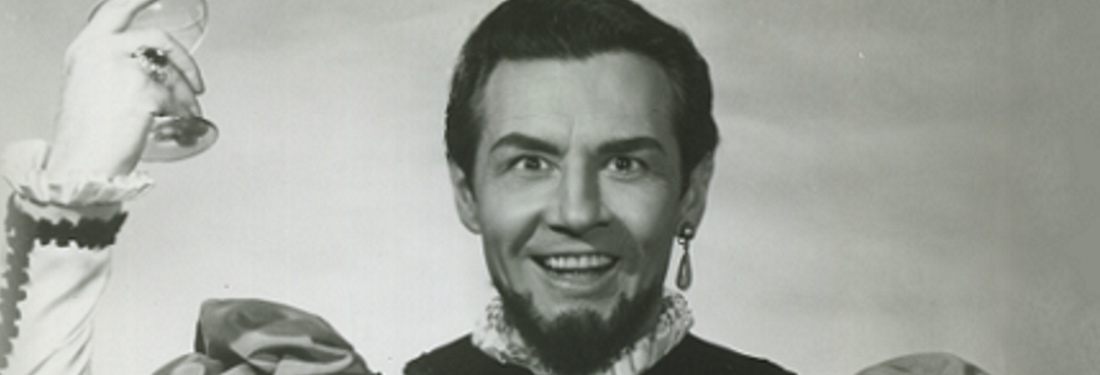

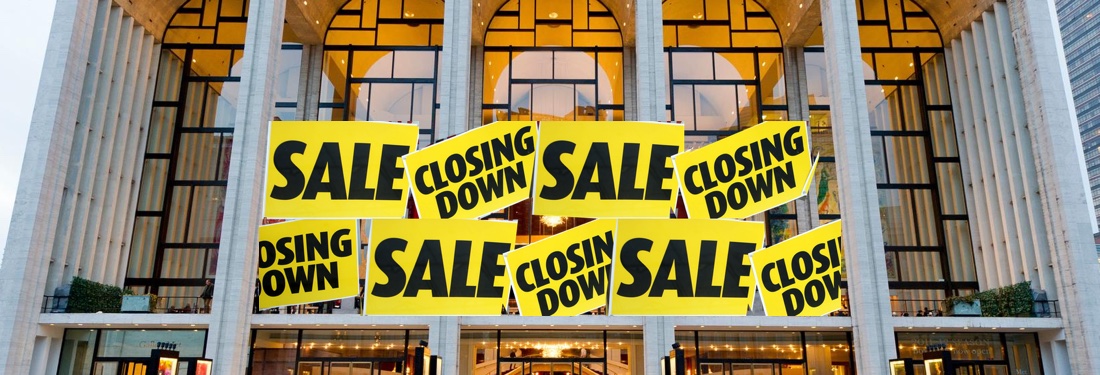
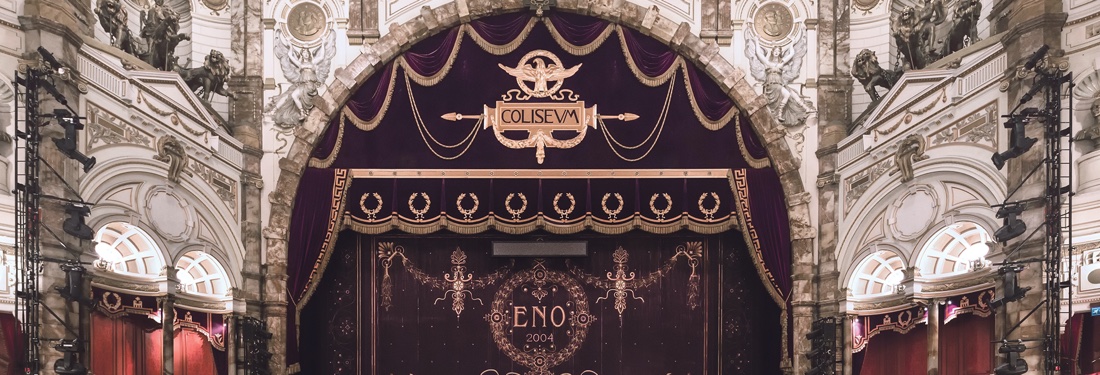






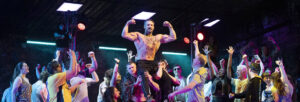
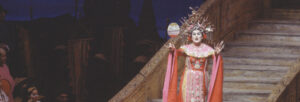



Comments